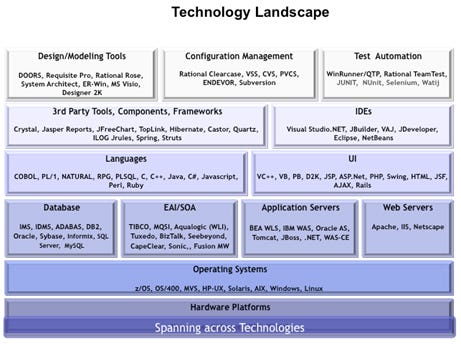
- RATIONAL APPLICATION DEVELOPER SPRING TOOLKIT SOFTWARE
- RATIONAL APPLICATION DEVELOPER SPRING TOOLKIT CODE
- RATIONAL APPLICATION DEVELOPER SPRING TOOLKIT FREE
RATIONAL APPLICATION DEVELOPER SPRING TOOLKIT CODE
Hot-replace of server side code was fragile at best, and frequently required expensive WAS server restarts.

It had many bugs, including nasty memory leaks and other quirks and misfeatures. Months of messing around with XML, WAR, and EAR files were instantly vaporized. The tool was expensive – around $5,000US – but compared to the amount of productivity gained for a J2EE developer making in the ballpark of $100,000 it was well worth it. The palette drag and drop needed some further evolution. In Struts case, IBM was only officially supporting 1.0 and had a 1.1 beta version. Additional frameworks like Struts were supported with advanced wizards and XML-assistance, but work still needed to be done. Numerous wizards and perspectives such as the Data Tools perspective (enabling a consistent graphical tool to issue queries against the supported database servers) and the Debug perspective (enabling 3-Tier debugging!) gave serious aid to the J2EE developer. The biggest productivity gains were realized by code assist (the equivalent of MS' IntelliSense technology), near-automatic key XML artifact creation and manipulation (especially the key J2EE Deployment Descriptors), automatic compilation, automatic WAR/EAR creation, and automatic publishing to a WAS server. While initially only supporting IBM's Websphere Application Server (WAS) out of the box, only trivial additions like a jboss-web.xml file were needed to support additional servers. It was a heavily integrated GUI develoment environment that significantly increased productivity while producing a mostly generic set of artifacts that could be deployed to any server. WSAD 5.0 represented a quantum leap forward. Command line and text editor development was still the predominant set of tools, even if you did replace your text editor with NetBeans. J2EE being about open choice, most of us “just said no.”.įor reference, I was also using earlier versions of NetBeans (and Forte) for the Swing development and a few other features, but J2EE development was largely missing. Other favorites included Emacs, but basically most serious J2EE developers found that tools of that era got more in their way while producing proprietary uneditable and unfixable artifacts to tie you to one platform or another.

I had toyed with VA and many other similar tools in the past but had judged them all “Not Ready For Prime Time.” Like most J2EE developers, I continued to us “vi” and command line tools for most of my J2EE development. Earlier versions were, TTBOMK, Visual Age evolutions.

Our mission is to increase the productivity of our constituents – whether they are students or clients.īefore its acquisition of Rational in December 2003, IBM introduced the WebSphere Studio Application Developer tool (WSAD) version 5.0. Please note that we are not selling any product nor do we hold stock, options, or any form of equities in any of the products mentioned. There seems to be a lot of developer frustration with the IBM tooling, including in the areas of price, performance, and features.
RATIONAL APPLICATION DEVELOPER SPRING TOOLKIT FREE
Occasionally we get asked about the completely free Eclipse Web Tools Project.
RATIONAL APPLICATION DEVELOPER SPRING TOOLKIT SOFTWARE
By far, the most often tool comparison that is requested is IBM Rational Application Developer (or RAD) (or its bigger brother, IBM Rational Software Architect, or RSA) and MyEclipse. We frequently get asked many questions about the state of Java Enterprise Edition developer tools in classrooms and as consultants.

Executive Summary: IBM's RAD Tooling cost companies tens of thousands of dollars per developer per year in lost productivity above and beyond the product's cost.


 0 kommentar(er)
0 kommentar(er)
